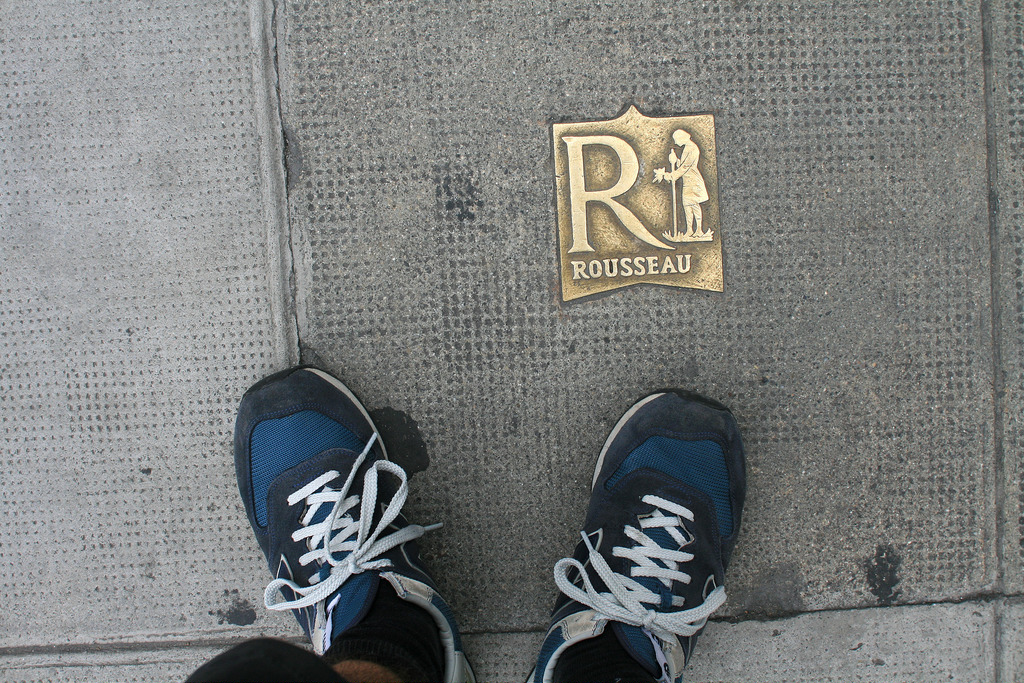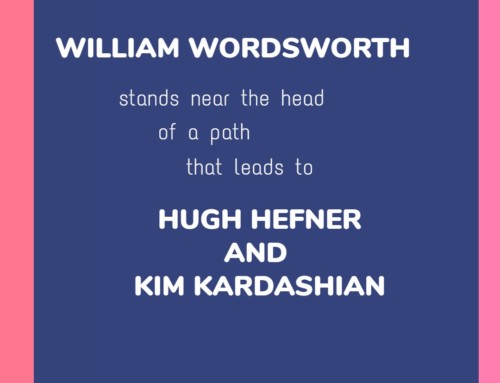I presume you’ve got some kind of Christmas excitement going at your house. So let me ruin that buoyant mood with this question: Why do we have to put up with this? And this? And this?
Depending on your appetite for this subject, you can find your answers in Stephen R. C. Hicks’ Explaining Postmodernism.
Yep, today’s culture-gone-berserk can be blamed on a few long-dead troublemakers. We met a few of them not long ago . Hicks fills out the picture in a slightly easier-to-read account that names the same names, but explains the reasons better.
And when I say “slightly easier-to-read,” I do mean “slightly.” You will need your philosophical pith helmet, safari jacket and machete for the first section of the book, thick as it is with quotes from philosophers telling us what it is to be and what it is to know that you are being. Your reward for sticking with it is when the lot of them admit that:
“Philosophy cannot answer its questions because its questions are simply meaningless.” (Location 1814)
I coulda told ‘em that.
So if you’re really not up for it, start there at Location 1814 and move forward because Hicks really does offer a useful explanation for why we are where we are.
The long-dead troublemakers originally hated the Enlightenment because it destroyed religion. Once we dabbled in science, it was no longer possible to cling to a religion of magical thinking.
I have to admit that strands of the good and the true weave through both the Enlightenment and its critics. I also take into account that author Hicks has no use for religion. Nevertheless, the anti-Enlightenment thinkers got a few things wrong and, as Hicks demonstrates, ideas that sound good but harbor errors eventually lead to disaster.
To trace it simply:
1. The Enlightenment led to capitalism, which is competitive and individualistic.
2. It is more moral to be selfless and communitarian.
3. Working folks, they believed, would eventually recognize this and rise up against the injustice of capitalism.
4. But the working folks enjoyed the benefits of capitalism.
5. The postmodernists played a waiting game. They’ll eventually see the evidence that socialism is better.
6. The evidence: socialist countries consistently turned into hellholes.
7. Postmodernists couldn’t let go of their ideas.
“Therefore, it is a combination of the two factors — widespread skepticism about reason and socialism’s being in crisis — that is necessary to give rise to postmodernism.” (Location 3934)
They’ve taken the battle to the universities. Observe your average postmodern professor:
“[I]f she can first undermine her students’ belief in the superiority of capitalist values and of the idea that people make or break themselves, then their core values will be destabilized. Pushing relativism, she finds, helps achieve this. And once their Enlightenment beliefs are hollowed out by relativistic arguments, she can fill the void with the correct Left political principles.” (Location 4052)
The result is this.
If only more could see the dead end like this author did. But alas, they torment us all, using language as a weapon. Says Hicks,
“[P]ostmodernists need not believe much of what they say. The word games and much of the use of anger and rage that are characteristic of much of their style can be a matter — not of using words to state things that they think are true — but rather of using words as weapons against an enemy that they still hope to destroy.” (Location 4015)
We can call them out on their inconsistencies —
“On the one hand, all cultures are equally deserving of respect; on the other, Western culture is uniquely destructive and bad. Values are subjective—but sexism and racism are truly really evil. . . . There is a common pattern here. Subjectivism and relativism in one breath, dogmatic absolutism in the next.” (Location 3976)
— but to them, reason and consistency are not the game. Destruction is.
Explaining Postmodernism can help you see through the craziness.
Next week, I promise the most light-hearted book I ever read.
Photo credit: agfreiburg on Foter.com / CC BY-NC-SA







Leave A Comment